Jun 17, 2025
Author:Sam Wonder
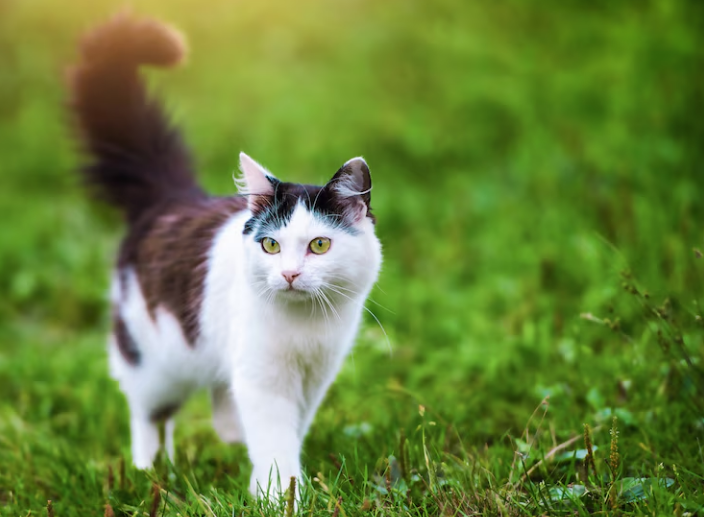
Cats fall from balconies and land on their feet. They dodge speeding cars. They walk away from accidents that would’ve hospitalized a human. No panic. No fuss. So the question sticks—do cats actually have 9 lives? The phrase sounds like folklore. But something about it feels true. That’s what makes this myth so sticky. Cats seem built for survival. But how much of that is biology, and how much is pure superstition?
In this article, we’re cutting through the fluff and giving you the straight facts. You’ll learn where the myth started, what science actually says about feline survival skills, and what modern pet tech tells us about keeping your cat safe (and alive) longer.
Here’s what you’ll walk away with:
● Where the ‘9 lives’ myth actually came from
● The physical traits that help cats cheat death
● What studies and science say about cat survival
● Why the myth persists (and why it matters)
If you’re curious about whether cats are just lucky or engineered for survival, you’re in the right place.
The idea that cats have multiple lives didn’t come from science—it came from storytelling. And the number nine? That came from culture, not anatomy. Across centuries, different civilizations gave cats a mythical edge. The number of lives? That varied, but the reputation stuck.
In ancient Egypt, cats were sacred. They symbolized protection, healing, and good fortune. Their ability to survive accidents or illnesses only fed the belief that they carried something extra—something beyond physical resilience.
Later, in European folklore, cats became symbols of mystery. Many stories painted them as magical creatures, often linked to witches, the supernatural, or shapeshifting spirits. The number nine wasn’t random—it had symbolic weight in numerology, where it represented completeness or eternity.
In English proverbs from the 16th century, the myth started showing up in written form. One of the earliest references came from Thomas Fuller, a 17th-century historian, who wrote, ‘A cat hath nine lives. For three he plays, for three he strays, and for the last three he stays.’ This belief isn’t universal, though. In Spain and Arabic-speaking countries, the same myth claims cats have seven lives. In Turkish and Persian legends, they only have six.
Even today, cat fall survival studies continue to spark the legend. One 1987 study from the Journal of the American Veterinary Medical Association reported that cats falling from 5 to 32 stories had a 90% survival rate when treated. That stat doesn’t prove magic, but it’s enough to keep the myth alive. Folklore laid the foundation. Cultural reverence gave it legs. And science—ironically—keeps it circulating.
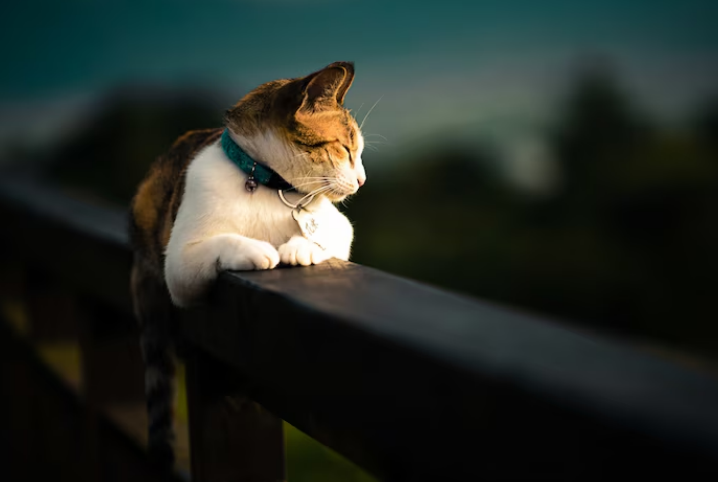
Cats don’t need spells or luck. Their bodies do the work. Everything—from those twitchy whiskers to that rubbery spine—feels like it was made for dodging disaster. Not magic. Just smart, built-in mechanics.
● Spines that bend like wire and bodies light as air: Thirty vertebrae. That’s a lot of bend. More than most animals, which lets them twist midair like it’s second nature. Then you add their light frame—less mass, slower fall. Less force when they hit the ground. Still hurts. But less.
● They’re flipping experts early: By three weeks, kittens already start showing this wild reflex. The ‘righting’ thing. Head turns. Spine follows. Legs align. Feet hit first. Not perfect, but enough to walk away from stuff that should’ve gone worse.
● Lean muscle, no bulk: They’ve got strength without the weight. Fast-twitch muscles, packed tight. Not for show, for speed. That’s how they leap six times their body length and still land like it was planned.
● Built-in shock absorbers: They don’t land stiff. They fold. Joints bend, and force spreads out. It’s why they drop from fences, shelves, balconies—without turning into a headline.
None of this makes them invincible. But it stacks the odds. Not folklore—just physics with fur.
The myth of a cat’s nine lives doesn’t fade because it feels earned. Cats bounce back from events that would sideline other animals. They fall from high places, survive close calls, and keep moving like nothing happened. Over time, these moments stack up, and people start to believe survival is built into their nature.
Pop culture adds fuel. From cartoons to viral videos, cats are constantly shown escaping harm without consequences. These portrayals reinforce the idea that cats can handle more risk than they actually can.
The myth also provides emotional cover. Believing a cat is nearly invincible makes it easier to overlook basic safety concerns. Unscreened windows, skipped vet visits, and lack of supervision feel less urgent when the animal seems wired to survive anything.
But the idea has consequences. It can lead to complacency, especially in environments that present real threats. Outdoor hazards, toxic foods, and unattended balconies become more dangerous when owners assume cats will figure it out. Myths carry weight when they go unchecked. In this case, the belief doesn’t match the biology. Cats are resilient, but not replaceable. They don’t have nine chances. They have one. And it needs protecting.
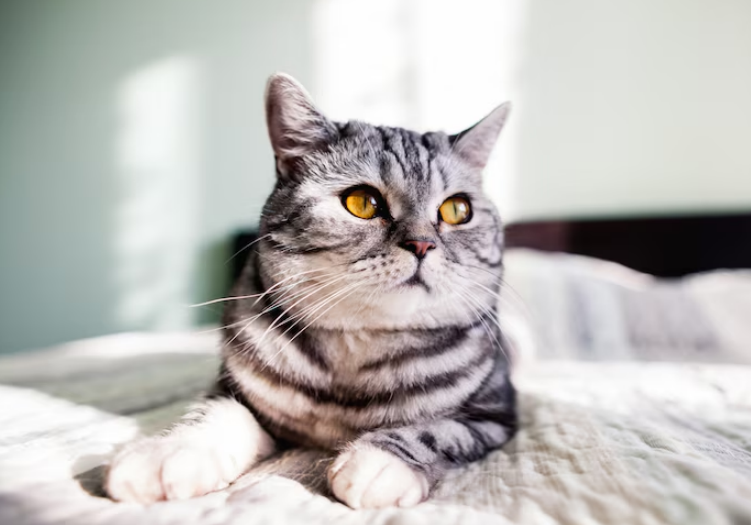
Cats aren’t riding on old wives’ tales. Their bounce-back ability? It’s been studied—documented, even. Vets have seen things that still make them pause.
Take that 1987 study. Journal of the American Veterinary Medical Association. It looked at 132 cats that fell from buildings in NYC. Not one or two floors—high-rises. The weird part? Cats that fell from six stories or more actually had better odds than the ones that fell shorter distances. Why? The researchers guessed terminal velocity kicked in—then the cat spreads out, slows down. Limbs out like a parachute. Strange, but it checks out. With treatment, survival hit over 90%.
And there’s more. Cats don’t crash and burn internally the way others might. Their metabolism dips under stress. That pause buys time. Less shock. More room to recover.
Still, it’s not a get-out-of-trouble card. Age matters. Timing matters. So does pre-existing stuff you might not notice until it’s too late. Stats don’t say they’re unbreakable. What they do say is this: survival is possible—but only when it’s met with care, not assumptions.
Advances in pet care technology have brought a shift: no more relying on myths or luck. Smart solutions now give us real-time insight into our cats’ wellbeing—and help prevent risky situations before they happen.
Smart feeders allow owners to schedule meals precisely and monitor intake patterns from anywhere. That means missed meals or sudden changes in appetite trigger s—signs that prompt timely medical attention. Devices like the WOpet Heritage View take it a step further, combining portion control, real-time video, and two-way audio into a single unit. You get a live view of their eating space—spot an open window, cluttered floor, or odd behavior—and step in fast. Your voice? One tap. Enough to calm or redirect them without being in the room.
Smart hydration tools track how much your cat drinks—yeah, even the subtle changes. A dip in water intake? That could mean something’s off before it turns into a vet visit. You’ll get pinged if water runs low, too. No guesswork. No bone-dry bowl sitting all day.
You’ve also got full remote access. Tap your phone—adjust feeding times, check the camera feed, tweak a schedule on the fly. That kind of hands-on control? It adds routine, removes stress. You're not crossing fingers hoping they're okay. You're seeing it happen.
These tools don’t promise nine lives—they work to protect the one life every cat has. Modern pet tech isn’t magic. It’s proactive, preventative care wrapped in smart design. And for professionals invested in high-quality content, that’s a story worth telling.
If this whole nine-lives thing were real, vet clinics? Way less crowded. Cat people? Probably a lot less anxious. But no—cats survive because their bodies are wired for it. That’s it. Which means the choices we make for them? They matter. A lot more than the myth ever did.
Here's what this really means for you:
● Superstition won’t prevent accidents, but understanding your cat’s physical limits can
● Believing in the myth may delay care, lower urgency, or lead to unsafe habits around the home
● Science confirms that reflexes, flexibility, and anatomy increase survival, but don’t guarantee it
● Risk drops when you add structure, monitoring, and proactive safety to your cat’s daily routine
● Tech like WOpet doesn’t just simplify pet care—it closes the gap between ‘I hope they’re okay’ and ‘I know they are’
The takeaway? Cats don’t have nine lives. But with the right support, they don’t need them. Protecting the one they do have starts with awareness—and ends with action.
Label:
Popular Post
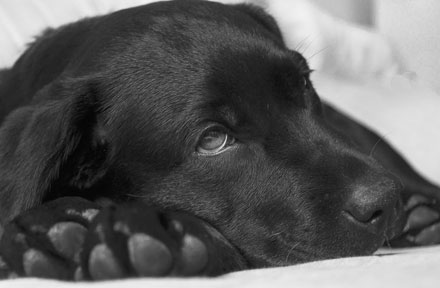
What to Feed a Sick Dog With No Appetite? [2025 Guide]
May 16, 2023
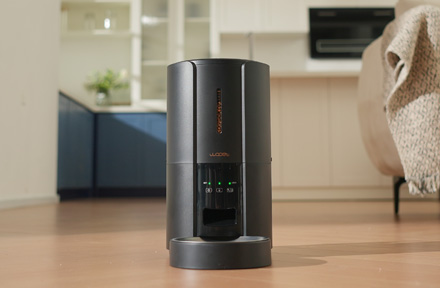
Troubleshooting Common Issues with Automatic Pet Feeders: Tips & Tricks for Pet Owners
Oct 26, 2023
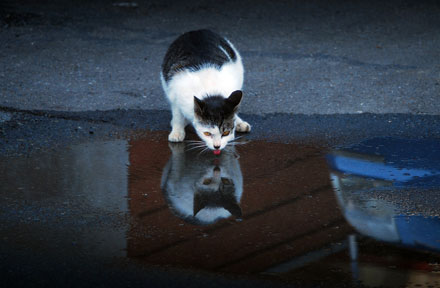
Why Does My Cat Cough After Drinking Water? 8 Potential Reasons
Mar 13, 2023
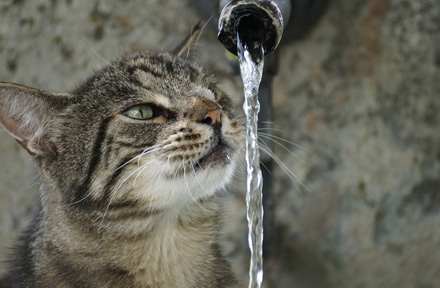
Why is My Cat Throwing up Water? Top 5 Causes Here
Feb 08, 2023
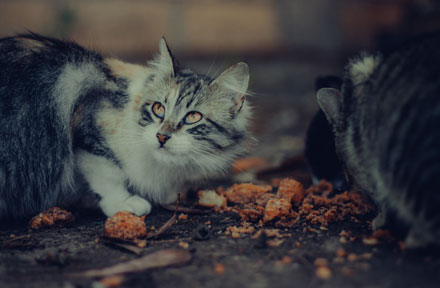
My Cat Only Eats A Little at A Time - What to Do?
Feb 27, 2023
$99.99
$129.99
Copyright © 2025 WOPET. All Rights Reserved.